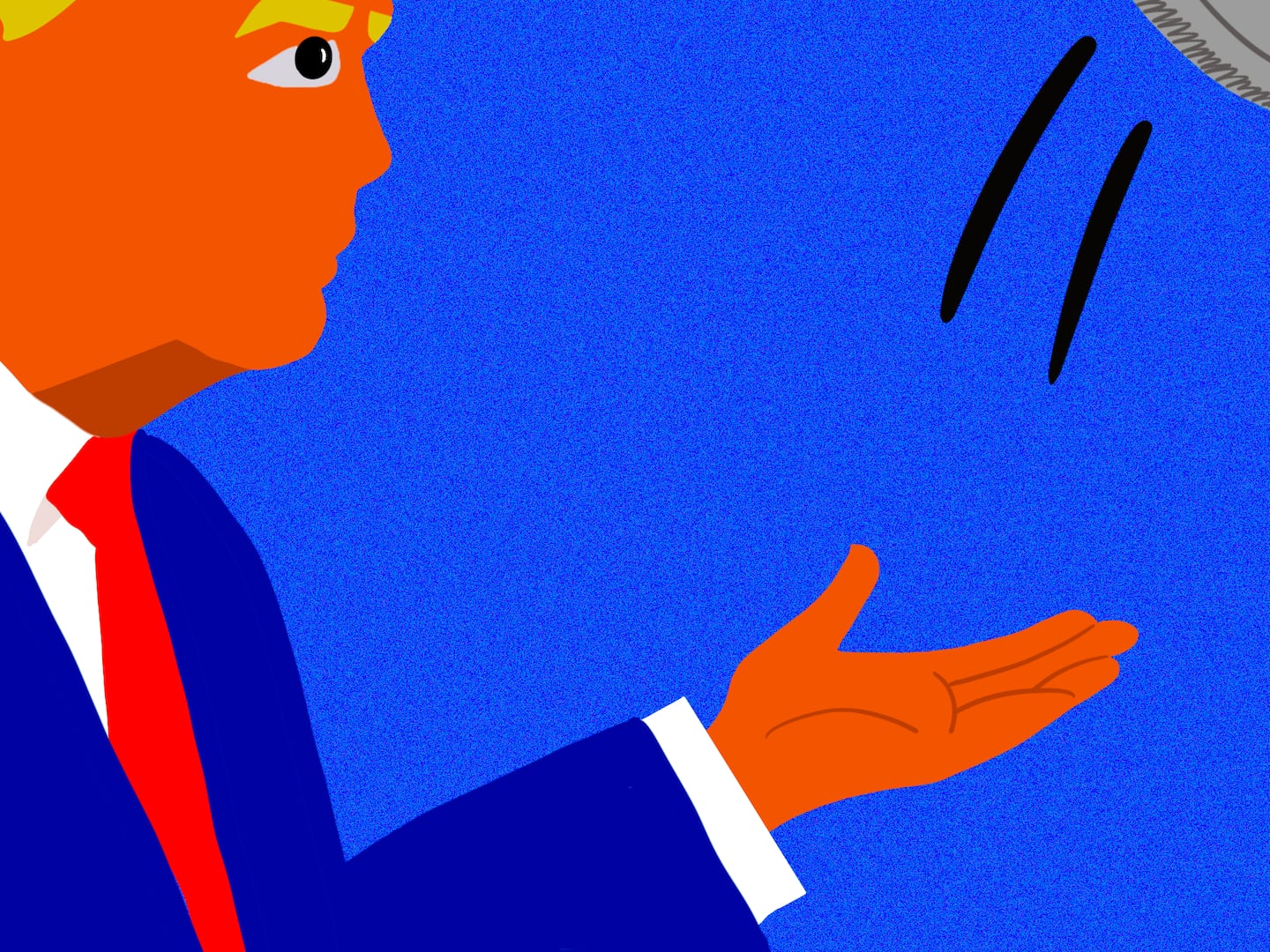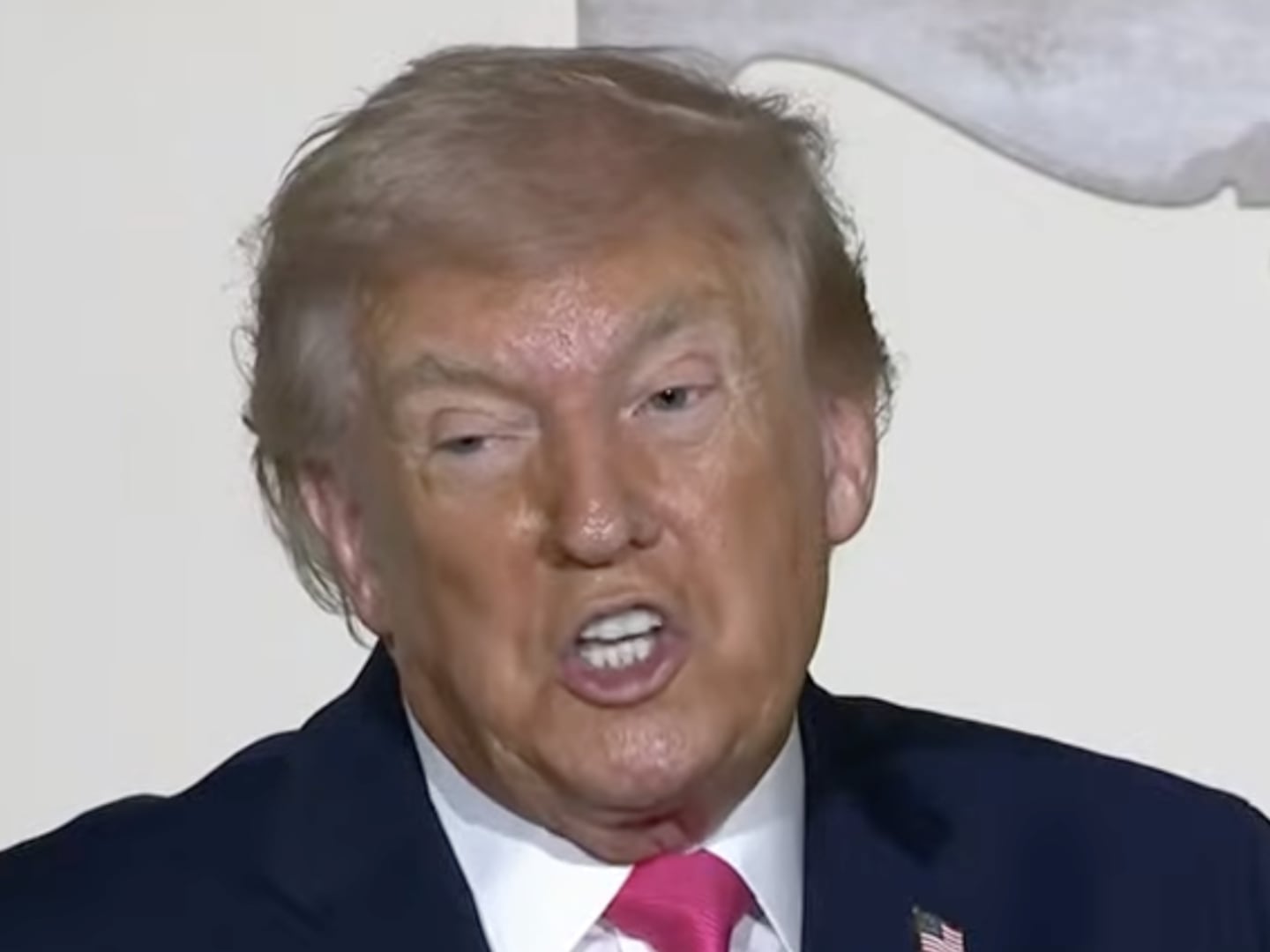Two new non-fiction books feature intrepid naturalists bushwhacking their way through the most spectacularly bio-diverse place on Earth. One of these heroes is an insect-loving contemporary of Charles Darwin, the other a crocodile-wrestling Steve Irwin acolyte. Both provide yet one more reason to be concerned about the shrinking Amazon: It’s a place where the human imagination flourishes.

##
The anthropologist Claude Levi-Strauss saw the Amazon rainforest, as he saw most things, as a complex structure. This structure was in a way inverted: at the top lay a screen of canopy so dense it was almost solid, at the base a measureless void. “It would be an illusion to suppose that one was walking on the ground, because it is buried deep under an unstable and intergrown mass of roots, suckers, tufts, and mosses,” Levi-Strauss wrote in his canonical chronicle of his work in South America, Tristes Tropiques. “Every time one fails to find a firm foothold, there is a danger of falling, sometimes to alarming depths.”
The Amazon, despite the recent arrival of roads, cattle ranches, soya plantations and everything else now threatening to make this teeming ecosystem into a denuded and thus familiar place, sits in stark and sometimes contradictory opposition to the world that most of us know. The forests, with their mind-boggling biodiversity, are a staggering 10,000 times older than those of North America and Europe. The growing season does not begin or end. It is a wildlife bonanza, and yet even the most brilliantly colored species somehow make themselves invisible.
On the evidence of two new books—Paul Rosolie’s coming-of-age jungle memoir and Anthony Crawforth’s biography (published five years ago in the U.K. but only now in the U.S.) of the 19th-century British explorer and butterfly collector Henry Walter Bates—the Amazon was, and still is, a place where a visitor can turn his life around. He who feels stunted back home can flourish.
The discomforts of life in the jungle are legion. But they barely seem to bother freewheeling guide and naturalist Paul Rosolie, whose coming-of-age memoir, Mother of God, strikes a note of breathless—and intermittently contagious—enthusiasm for every chirping, dripping square inch of the Amazon.
Rosolie wonders more than once whether he’s been born a century too late. Indeed, there’s a whiff of old-school adventure to his book, beginning with the subtitle: An Extraordinary Journey Into the Uncharted Tributaries of the Western Amazon. The opening paragraphs keep the pace up, promising “lost tribes, floating forests, murdering bandit-loggers…and people riding on giant snakes.”
Rosolie, who is 26, first learns about the Amazon as a child in Brooklyn and New Jersey. He grows obsessed, and at 18 spends a brief stint volunteering at a research station in the Peruvian rainforest known as Madre de Dios. The moment he flies over the unending canopy, he’s hooked. It was, he writes, like “looking into the vault of the universe.”
Yet for all the “sensory overload” of these formative early days, Rosolie’s recollections remain stubbornly focused on his progress as an individual. Rarely in Mother of God is a moment just a moment—it’s part of a rite of passage, whether the author is enduring the excruciating pain of an ant sting or learning how to track animals in bare feet.
Rosolie, who never took to the classroom, challenges himself to “digest the incredible wealth of information and knowledge that came from life on the river.” Cutting his way through the bush, his “eyes felt wider, ears sharper, and gut more hollow than ever before. Reality was amplified. I was amazed at what my senses could interpret.”
When it’s not making him stronger, the Amazon is helping him find himself. “So many people around me had told me only what wasn’t possible,” he writes. “The jungle was showing me what was.”
Beneath all this youthful self-consciousness, though, there are some great yarns. On Rosolie’s first solo expedition, he exits his hammock in the middle of the night to find himself knee-deep in rainwater. On another trip, a defiant caiman (a South American crocodile) devours his mosquito net. It wasn’t clear to me what his shirtless wrestling bouts with anacondas are contributing to science, but they were fun to read about.
One snake that gets away Rosolie reckons to be about 40 feet long. No less remarkable than this mythical serpent is where he finds it: a floating forest where the ground turns out to be rafts of grass, and what resemble dwarf palms the crowns of trees growing almost entirely underwater—a slithery place Rosolie describes as “Dr. Seuss on acid.” Whether or not this place is completely undiscovered, it certainly feels that way.
##
As awesome as the snakes and jaguars are, it’s the little critters that rule the Amazon. Nine-tenths of the total animal biomass is insects, and few people have studied them more diligently than Henry Walter Bates, the Victorian English naturalist who spent 11 years in the Amazon cataloguing every tiny animal he could get his hands on. By the time he returned to England, in 1859, Bates had collected more than 14,000 specimens, a remarkable 8,000 of which were new to science.
Like Rosolie, Bates came from the city—Leicester, a mercantile hub so conservative that advertising one’s business was for a long time considered bad form. Bates did not style himself a maverick, as Rosolie seems to have done, but nor did he foresee a happy future for himself in the family’s hosiery business. He worked 13-hour days as a teenager, translating Homer and taking science courses when he wasn’t apprenticing at the factory.
Bates was especially drawn to beetles, but it was butterflies—which were all the rage in Victorian England—that got him to the Amazon. Along with his friend Alfred Russel Wallace, who would go on to be one of the century’s most distinguished scientists, Bates gambled that he could send enough coveted specimens back to London to fund his travels. Amassing a collection of his own, moreover, might eventually ease his entrance into elitist scientific circles.
But Bates’s own reticence was perhaps his biggest obstacle. Back in England, he became secretary of the esteemed Royal Geographic Society, in which capacity he remained a somewhat solitary scholar, administrator, and adviser to young explorers. After Bates died, his successor at the RGS reflected, “I think his modesty was carried to a fault.”
Crawforth claims that his subject was unmatched as a taxonomist, and that his self-effacing style elevated his writing. “Bates’s greatest virtue was simply that he wrote as he saw, seldom taking the easy option of over-egging his adventures for the sake of a good story,” he notes. Bates evidently didn’t need to. His chronicle of his trip, The Naturalist on the River Amazons, became a bestseller when it was published in 1863.
Bates dreamed of taking his butterfly net into the Andean foothills, near the great river’s source. But this foray into Upper Amazonia was not to be. Like Rosolie, who cut short an ambitious solo expedition into an apparently unexplored region of Peru known as The Western Gate, Bates turned back to save his life. (For Rosolie, the threat was an isolated Indian tribe; for Bates, malaria.)
Bates didn’t have it in him to live forever in the Amazon—or even to return. “The very sharpness of observation and intelligence which made him a good naturalist and a good writer also made him incapable of accepting finally the almost wholly physical happiness of the river and its gypsy life,” Crawforth notes.
Bates’s adventure in the New World ended in the port city of Belém, which he found much changed since his arrival more than a decade earlier. It now had bookshops and paved streets. (Today it is a city of more than 2 million people.) Steamer service on the Amazon had turned a journey of three months into one of mere days.
Though Bates was startled by these changes, he was less alarmed by them than many naturalists are today. In his diaries he struck a note of gentle nostalgia, not despair; like most of his contemporaries, he saw taming the Amazon as very likely to improve it. “The imagination becomes excited when one reflects on the possible future of this place,” he wrote.
How many nature lovers would say that today? The world’s largest rainforest is at a moment of “peak biotic eloquence,” in the words of ecologist David Campbell. Scientists are racing to discover new species before they disappear.
Bates did have one whopper of a theory: that of “mimicry,” which held that animals take on characteristics of unpalatable, similar-looking species to avoid predation. It is his major legacy; Darwin seized on the notion for his theory of evolution.
Bates noticed the phenomenon while observing butterflies. Mimicry is an ingenious survival technique, albeit one that is of little use against bulldozers and chainsaws. In the following century, Vladimir Nabokov, another butterfly enthusiast, suggested that the butterfly’s “game of intricate enchantment and deception” was more sophisticated than it had to be in order to fool would-be predators.
This excess of effect Nabokov likened to art. Which raises the question: If the idea of the gloriously superfluous disappears from nature, how does it take root in the mind?






